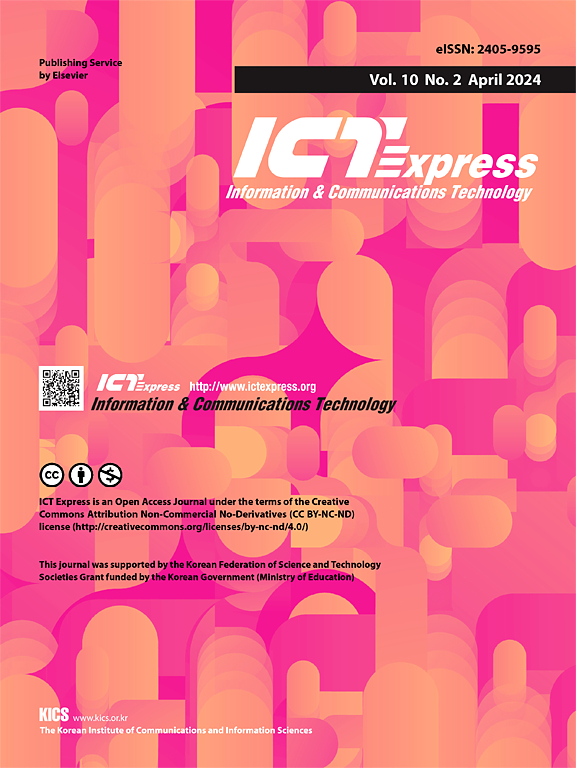DMAE-HU: A novel deep multitasking autoencoder for hybrid hyperspectral unmixing in remote sensing
IF 4.2
3区 计算机科学
Q1 COMPUTER SCIENCE, INFORMATION SYSTEMS
引用次数: 0
Abstract
Hyperspectral unmixing (HU) is crucial for extracting material information from hyperspectral images (HSI) obtained through remote sensing. Although linear unmixing methods are widely used due to their simplicity, they only address linear mixing effects. Nonlinear mixing models, while more complex, often focus solely on the nonlinear aspects affecting individual pixels. However, in practice, light reflected from materials within a pixel experiences linear and nonlinear interactions, necessitating a hybrid mixing model (HMM) that leverages spatial and spectral information. This work proposes a novel deep learning-based autoencoder (AE) with dual-stream decoders to enhance spectral unmixing. Our approach employs multitask learning (MTL) to process spatial and spectral information concurrently. Specifically, one decoder stream performs linear unmixing from HSI patches, while the other stream utilizes fully connected layers to capture and model the nonlinear interactions within the data. By integrating linear and nonlinear information, our method improves the accuracy of unmixing the mixed spectrum. We validate the effectiveness of our architecture on three real-world HSI datasets and compare its performance against various baseline methods. Experimental results consistently demonstrate that our approach outperforms existing methods, as evidenced by superior spectral angle distance (SAD) and mean squared error (MSE) metrics.
DMAE-HU:一种用于遥感混合高光谱分解的新型深度多任务自编码器
高光谱解混是从遥感高光谱图像中提取物质信息的关键。线性解混方法因其简单而被广泛使用,但它只处理线性混合效应。非线性混合模型虽然更复杂,但往往只关注影响单个像素的非线性方面。然而,在实践中,从像素内的材料反射的光经历线性和非线性相互作用,需要利用空间和光谱信息的混合混合模型(HMM)。本文提出了一种新的基于深度学习的自动编码器(AE),它具有双流解码器,以增强频谱解混。我们的方法采用多任务学习(MTL)同时处理空间和光谱信息。具体来说,一个解码器流执行HSI补丁的线性解混,而另一个流利用完全连接的层来捕获和模拟数据中的非线性相互作用。该方法通过综合线性和非线性信息,提高了混合光谱解混的精度。我们在三个真实的HSI数据集上验证了我们的架构的有效性,并将其性能与各种基线方法进行了比较。实验结果一致表明,我们的方法优于现有的方法,如优越的光谱角距离(SAD)和均方误差(MSE)指标。
本文章由计算机程序翻译,如有差异,请以英文原文为准。
求助全文
约1分钟内获得全文
求助全文
来源期刊

ICT Express
Multiple-
CiteScore
10.20
自引率
1.90%
发文量
167
审稿时长
35 weeks
期刊介绍:
The ICT Express journal published by the Korean Institute of Communications and Information Sciences (KICS) is an international, peer-reviewed research publication covering all aspects of information and communication technology. The journal aims to publish research that helps advance the theoretical and practical understanding of ICT convergence, platform technologies, communication networks, and device technologies. The technology advancement in information and communication technology (ICT) sector enables portable devices to be always connected while supporting high data rate, resulting in the recent popularity of smartphones that have a considerable impact in economic and social development.
 求助内容:
求助内容: 应助结果提醒方式:
应助结果提醒方式:


